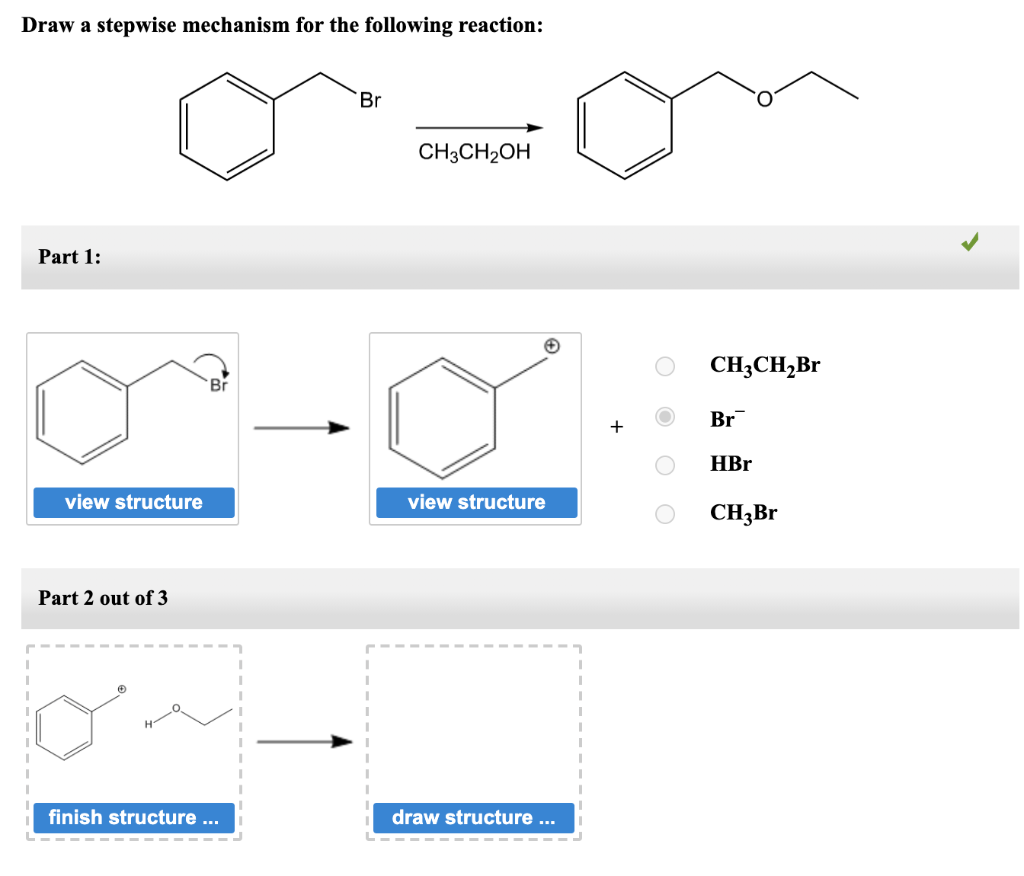Draw The Mechanism For The Following Reaction
Draw The Mechanism For The Following Reaction - Web before you can do this you need to understand that a bond is due to a pair of electrons shared between atoms. Kie= k 12 /k 13 = 1.082 ± 0.008. This content is for registered users only. Be sure to answer all parts. Identify which is wrong and explain why. Show all electron movement with arrows. Web a balanced chemical reaction does not necessarily reveal either the individual elementary reactions by which a reaction occurs or its rate law. The decomposition of ozone, for example,. Web the following two sets of reactions (a and b) show possibilities for arrow pushing in individual reaction steps. A) reaction between atp and alcohol ( roh) in the presence of a base ( b a − ): Web before you can do this you need to understand that a bond is due to a pair of electrons shared between atoms. Show all electron movement with arrows. Kie= k 12 /k 13 = 1.082 ± 0.008. Web a balanced chemical reaction does not necessarily reveal either the individual elementary reactions by which a reaction occurs or its rate. Web the mechanism of a chemical reaction is the sequence of actual events that take place as reactant molecules are converted into products. Web a balanced chemical reaction does not necessarily reveal either the individual elementary reactions by which a reaction occurs or its rate law. Ch3ch2oh part 1 out of 2. This content is for registered users only. The. Web a balanced chemical reaction does not necessarily reveal either the individual elementary reactions by which a reaction occurs or its rate law. Label the acid, base, conjugate acid, and conjugate base: When asked to draw a mechanism, curved arrows. This content is for registered users only. The sequence of individual steps, or elementary reactions, by which reactants are converted. A) reaction between atp and alcohol ( roh) in the presence of a base ( b a − ): Web a common question on an organic chemistry exam is, draw the mechanism of this reaction. the following instructions should help you figure out how to solve this kind of. Be sure to answer all parts. The decomposition of ozone, for. Web before you can do this you need to understand that a bond is due to a pair of electrons shared between atoms. C) draw the mechanism for the following reactions and provide the product. Label the acid, base, conjugate acid, and conjugate base: Web the following two sets of reactions (a and b) show possibilities for arrow pushing in. The kinetic isotope effect can help determine mechanism type. When asked to draw a mechanism, curved arrows. Want to join the conversation? Web a balanced chemical reaction does not necessarily reveal either the individual elementary reactions by which a reaction occurs or its rate law. C) draw the mechanism for the following reactions and provide the product. Web curved arrows in organic reaction mechanisms. Web the following two sets of reactions (a and b) show possibilities for arrow pushing in individual reaction steps. Want to join the conversation? The decomposition of ozone, for example,. A) reaction between atp and alcohol ( roh) in the presence of a base ( b a − ): Web chemistry questions and answers. No(g) + cl 2(g) − ⇀ ↽ − nocl 2(g). The decomposition of ozone, for example,. Web the following two sets of reactions (a and b) show possibilities for arrow pushing in individual reaction steps. Identify which is wrong and explain why. Draw a stepwise mechanism for the following reaction: Web curved arrows in organic reaction mechanisms. Web a common question on an organic chemistry exam is, draw the mechanism of this reaction. the following instructions should help you figure out how to solve this kind of. C) draw the mechanism for the following reactions and provide the product. Ch3ch2oh part 1. Web chemistry questions and answers. Identify which is wrong and explain why. Kie= k 12 /k 13 = 1.082 ± 0.008. C) draw the mechanism for the following reactions and provide the product. Show all electron movement with arrows. Label the acid, base, conjugate acid, and conjugate base: This content is for registered users only. The sequence of individual steps, or elementary reactions, by which reactants are converted into products during the course of a reaction is called the reaction. Identify which is wrong and explain why. When asked to draw a mechanism, curved arrows. Kie= k 12 /k 13 = 1.082 ± 0.008. Web the following two sets of reactions (a and b) show possibilities for arrow pushing in individual reaction steps. Curved arrows are a formal notation to help us understand the electron flow in organic reactions. A) reaction between atp and alcohol ( roh) in the presence of a base ( b a − ): Show all electron movement with arrows. The kinetic isotope effect can help determine mechanism type. Want to join the conversation? Ch3ch2oh part 1 out of 2. Web a balanced chemical reaction does not necessarily reveal either the individual elementary reactions by which a reaction occurs or its rate law. Web before you can do this you need to understand that a bond is due to a pair of electrons shared between atoms. Be sure to answer all parts.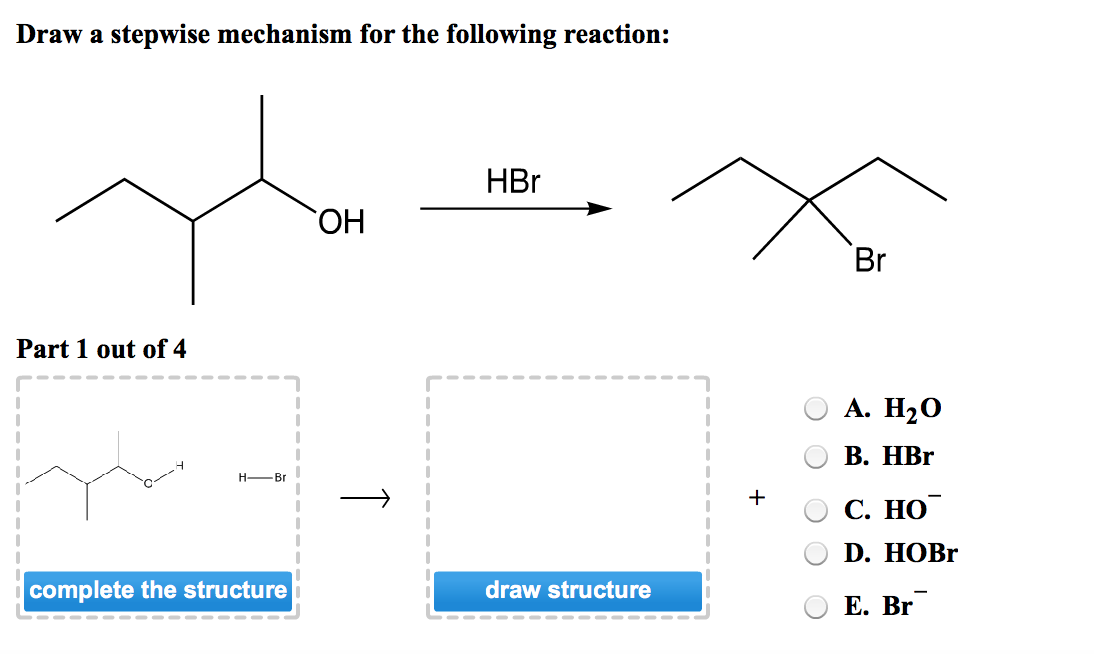
Solved Draw a stepwise mechanism for the following reaction

Solved Draw a stepwise mechanism for the following reaction
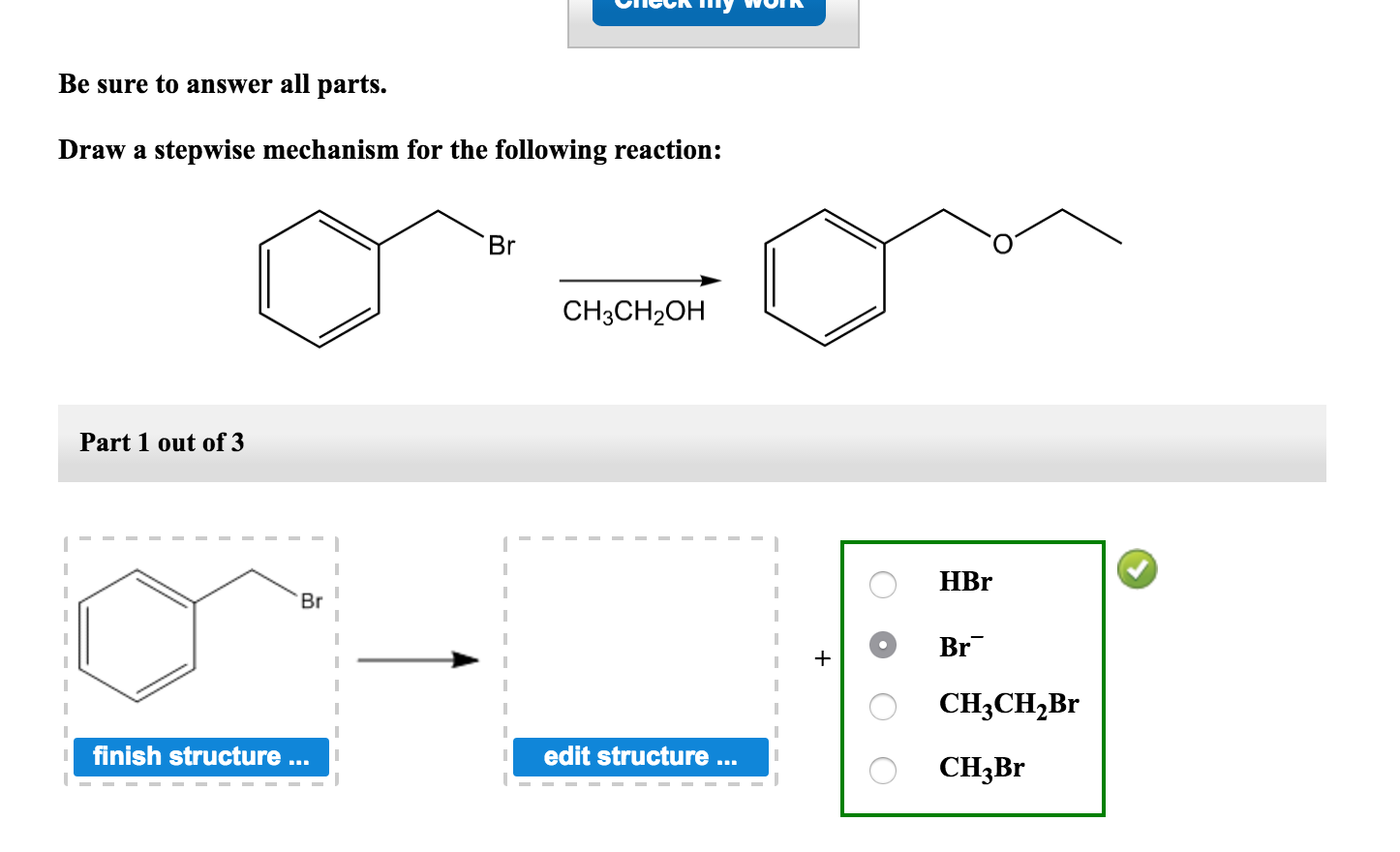
Solved Draw a stepwise mechanism for the following reaction
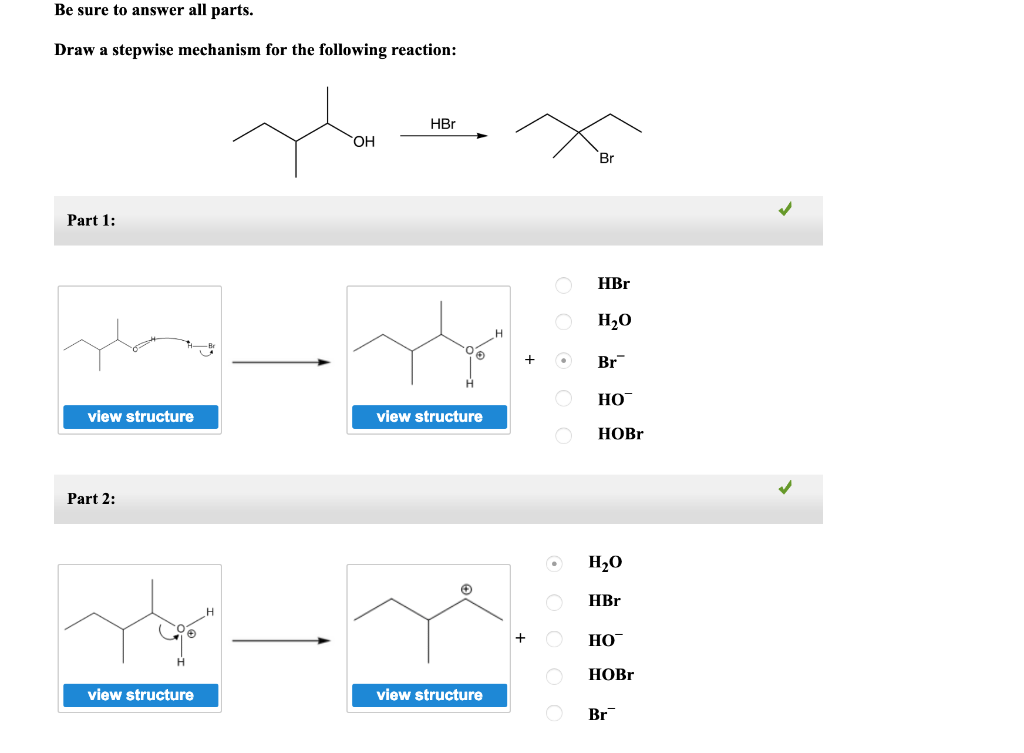
draw a stepwise mechanism for the following reaction 2xsafari
Solved Draw a stepwise mechanism for the following reaction

Solved Draw a mechanism (2 steps) for the following
[Solved] Draw a curved arrow mechanism of the following reaction. Draw

Solved Draw a stepwise mechanism for the following reaction
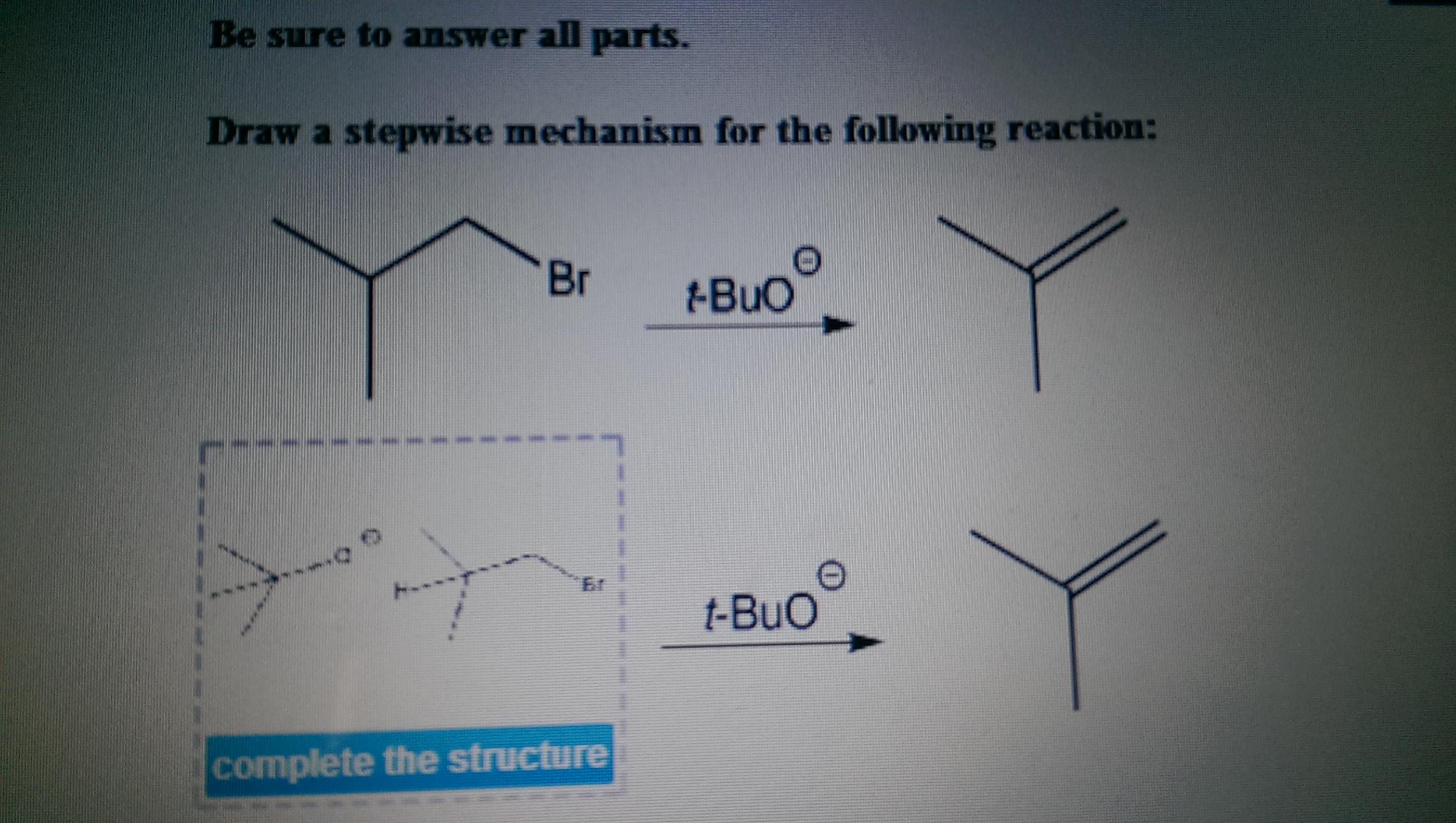
Solved Be sure to answer all parts. Draw a stepwise
[Solved] Draw a curved arrow mechanism of the following reaction
Web For The Following Two Reactions:
C) Draw The Mechanism For The Following Reactions And Provide The Product.
No(G) + Cl 2(G) − ⇀ ↽ − Nocl 2(G).
Web Chemistry Questions And Answers.
Related Post:
